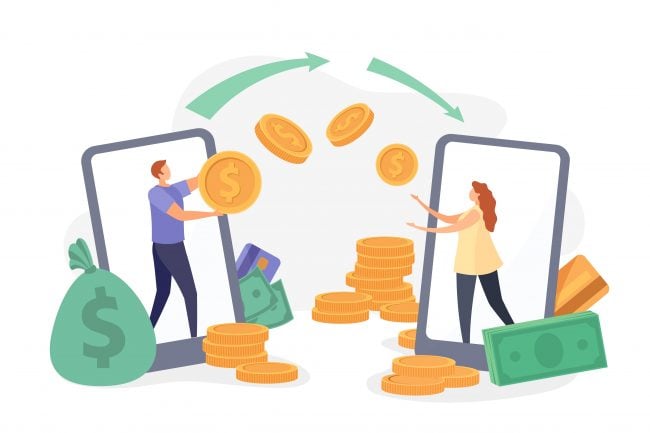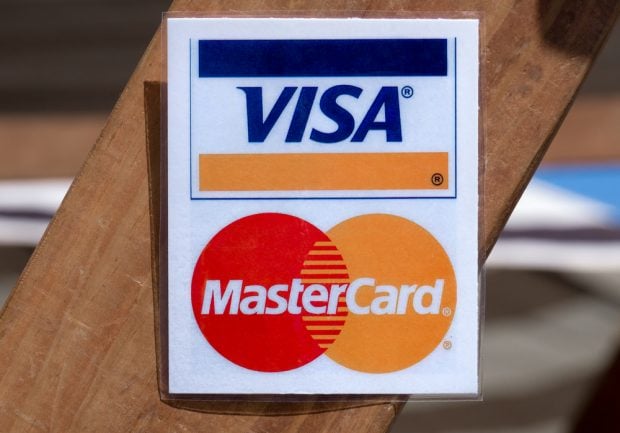Although it has become the standard in Europe, Asia and LatinAmerica, there has been relatively little interest in moving to EMVchip technology in the United States.
|Banks have heard the various arguments for the chip, mostlythose that warn what'll happen if the U.S. payments industrydoesn't convert, that American issuers will fall behind Europe, orthat U.S. issuers are losing out on revenue from transactions inforeign countries because their customers' cards aren't accepted bychip-enabled POS devices, or that continuing to rely on magneticstripe technology will leave issuers (and soon, merchants) more andmore vulnerable to fraud.
|On their own, those arguments have not been sufficientlyconvincing for the industry to make the investment. So issuers arewaiting to hear a compelling business case that would justify theapproximately $5 billion to $13 billion expense of migrating to EMVchip-enabled credit and debit cards.
|Without a business vision around how to leverage theapplications of the EMV chip, issuers have been thinking of it asan infrastructure cost, rather than an investment in businessgrowth; the arguments have been only about sticks, not carrots.
|Being on a similar tech standard to the rest of the world is nota compelling business case. And with fraud at manageable levels onPIN debit, fraud has not tipped the balance towards chip, either.These “sticks” have so far not brought issuers to the table.
|We think the carrot is more compelling than the stick. Theanswer lies much more in the potential business benefits of the EMVchip. Think of a smart phone. What makes it smart? The apps. Whatmakes a computer useful? The software. And what is an EMV chip,after all, but a micro-processor, a miniature computer, similar tothe secure chips now being found in phones and other mobiledevices? The business case for the EMV chip and similardevices will depend on the development of profitable businessapplications for them.
|One such application already exists, which addresses one of thegreat challenges in the industry: low value payments. LVPs areproblematic because the cost to an issuer for processing atransaction is virtually constant, whether the transaction is for a$2 cup of coffee or a $100 pair of sneakers. If the issuer passeson the interchange fee based on the full variable cost of thetransaction, the resulting merchant fee (close to 30 cents,including the acquirer fee) will cut too deeply into his margin,and pretty soon the merchant will start refusing cards forpurchases under $10, which under the Durbin Amendment ispermitted.
|Previously, as an incentive to get merchants to accept cards forlow value payments, issuers had created a two-tier interchange feesystem under which the cost of LVPs was partially subsidized by ahigher fee for higher-value transactions.
|Durbin rendered that arrangement obsolete. The amendment, albeitunintentionally, exposed a situation that was untenable – high feesfrom high-value transactions were subsidizing the cost oflower-value transactions. But the moment that the lower-valuetransactions reached a tipping point wherein the cross-subsidy wasno longer affordable, some other solution would need to be found.
|Credit unions, of course, are exempt from the new interchangeregulations, but that does not mean they're not subject to theproblem as the business model currently stands, namely that LVPsare too expensive.
|LVPs represent the biggest opportunity for growth in the paymentindustry, but if each of those transactions represents a net lossto the issuer, that “growth” won't do much good. In order for theLVP segment to be valuable, issuers will need to be able to pricetransactions at a level that merchants will be willing to acceptbut still delivers a profit.
|The EMV chip makes it possible to apply a software solution tothis problem. New aggregation technology, such as a softwareplug-in on the EMV chip, would allow a chip-enabled debit card tostore value, just as a wallet holds cash.
|In this scenario, a $50 debit withdrawal is loaded onto the chipin a single transaction while making a purchase at the point ofsale. The cardholder can then spend that $50 in small increments,at multiple merchants, without further need to involve the issuer.Meanwhile, on the merchant's side, all the individual LVPtransactions are aggregated and submitted to the acquirer bank atthe end of the business day. The result is that ten (or more) lowvalue payments are processed at the cost of a singletransaction.
|Passing savings on to the merchant would encourage greateracceptance of electronic payments for LVPs, and with approximately200 billion low-value transactions (adding up to about $1 trillionin value) currently transacted in cash annually, that could beprocessed electronically the growth in transactions processed woulddrive increased revenue and profits for all the players in thepayment system.
|Given that the current pricing system incentivizes smallmerchants to insist on cash for those payments, the attractivenessof a solution of this kind for issuers, acquirers and processorsalike should be clear.
|While this would be a revolutionary approach to handlinglow-value payments, EMV infrastructure enables this, and is justone compelling business case for migration to the EMV chip. Further, the application extends into the next major growtharea in payments: contactless and mobile technologies.
|Not that long ago, the idea that virtually every consumer wouldwant his or her own computer – let alone the pocket-sized computerwe call a smart phone – would have seemed absurd. What possibleuses could personal computers have that would justify the cost?
|But uses were found, uses were invented, to the point where theybecame absolutely indispensible. Now, with the payments industryfacing the possibility of missing out on its fastest-growingsegment, this application is the low hanging fruit that more thanpays for the cost of conversion to EMV chip. And it is only thebeginning.
|NeboDjurdjevic is CEO of Cardis International inAmsterdam.
Complete your profile to continue reading and get FREE access to CUTimes.com, part of your ALM digital membership.
Your access to unlimited CUTimes.com content isn’t changing.
Once you are an ALM digital member, you’ll receive:
- Critical CUTimes.com information including comprehensive product and service provider listings via the Marketplace Directory, CU Careers, resources from industry leaders, webcasts, and breaking news, analysis and more with our informative Newsletters.
- Exclusive discounts on ALM and CU Times events.
- Access to other award-winning ALM websites including Law.com and GlobeSt.com.
Already have an account? Sign In
© 2024 ALM Global, LLC, All Rights Reserved. Request academic re-use from www.copyright.com. All other uses, submit a request to [email protected]. For more information visit Asset & Logo Licensing.









